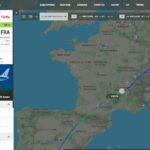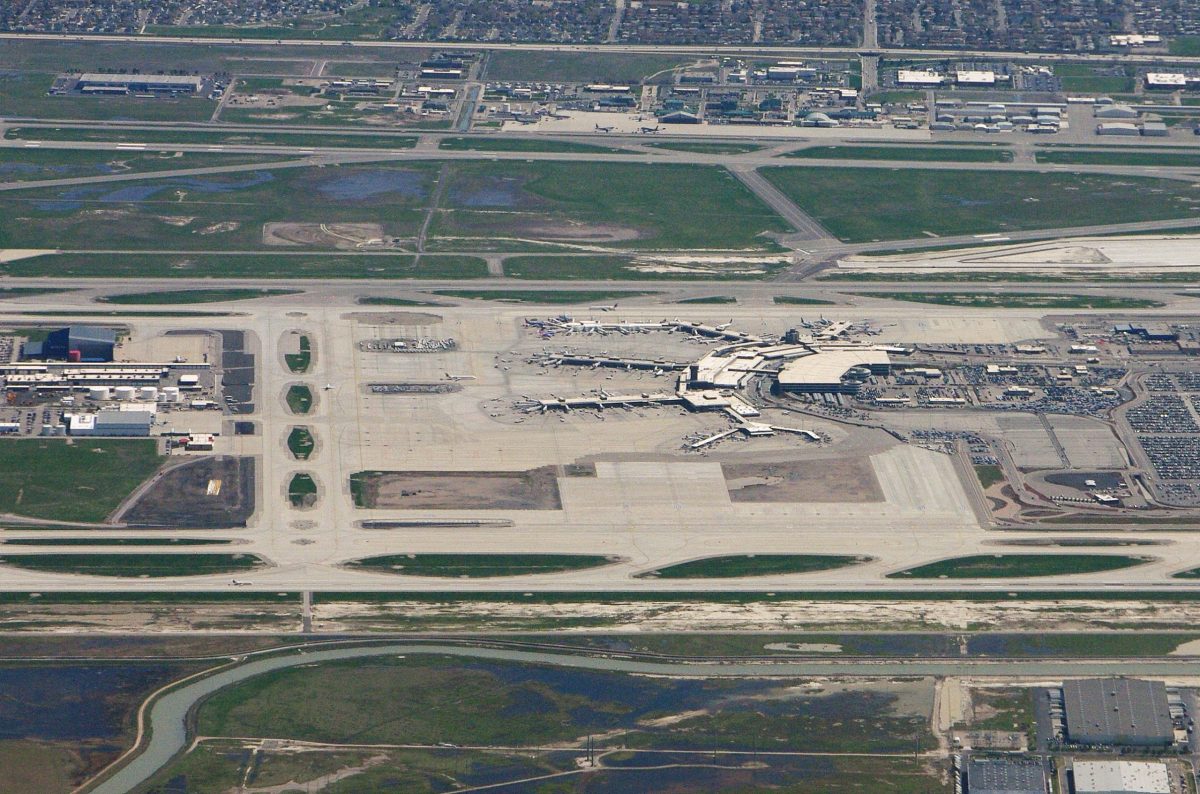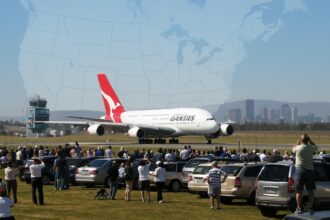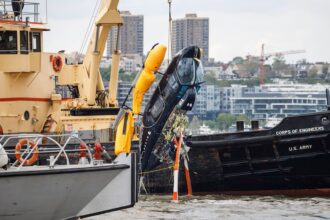An Allegiant Air flight took a turn after it was forced to make a sudden 600 feet climb to avoid a collision with an oncoming private jet.
At 23,000 feet an Allegiant flight was forced to take evasive action after FAA put it on a collision course with a Gulfstream jet.
Twenty minutes into the flight, passengers first thought was bad turbulence – but turned out to be much worse. The Airbus A320 was forced to take “evasive actions” after it almost collided with a private Gulfstream jet.
Two flight attendants, who were taking passengers orders and handing out drinks, fell to the ground during the sudden movement, Thacker said.
Allegiant Air Flight 485, an Airbus A320, took evasive action on Sunday, July 23, after the pilot received a TCAS alert about another aircraft at the same altitude.
An air traffic controller in the Miami Air Route Traffic Control Center had instructed Flight 485 to turn eastbound at an altitude of 23,000 feet when it crossed in front of a northbound Gulfstream business jet.”
Moments later, the pilot came over the intercom and told the passengers that the sudden jolt was because their airplane was on track for a nose-on-nose crash with a private jet and the plane needed to return to Fort Lauderdale, Florida, since one of the flight attendants got injured.
The FAA said that the pilot of the Gulfstream also took evasive action after receiving an alert from air traffic control.
A traffic collision avoidance system, also known as a traffic alert and collision avoidance system, is an aircraft collision avoidance system designed to reduce the incidence of mid-air collision (MAC) between aircraft.
It monitors the airspace around an aircraft for other aircraft equipped with a corresponding active transponder, independent of air traffic control, and warns pilots of the presence of other transponder-equipped aircraft which may present a threat of MAC.
Allegiant Airlines told the passengers that they will receive a $200 or $300 voucher.










